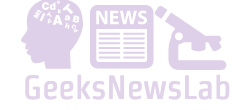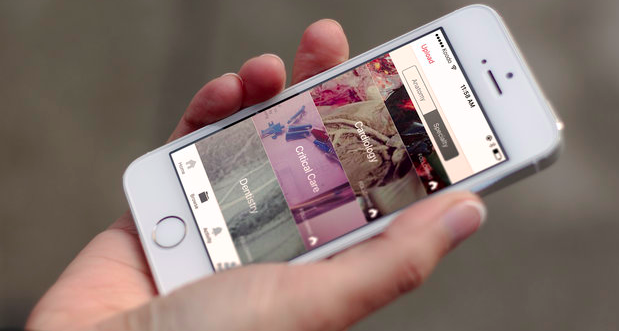Figure 1, a free medical photo-sharing app for health-care professionals, has been likened to Instagram for its social functions of posting, favoriting and commenting on photos. It’s also a useful learning tool. The app is barely three years old, has over 1 million users in 190 countries, and averages about 10,000 users per hour. And according to its latest stats, over 65% of medical students in North America are users.
Co-founder Joshua Landy, MD, a Toronto-based critical care physician, had an idea to expand the reach of the “teachable moments” he and his fellow ICU physicians would photograph on the job and exchange among themselves. Technical co-founder Richard Penner, a software developer, ensured a smooth user experience as well as a face-blocking algorithm. (All identifying information about a patient must be removed or blurred from photos, and content providers sign a quick, HIPAA-compliant consent form for each photo uploaded.)
The app lets you “follow” specific medical fields and interests, and doctors chime in with advice on tricky cases. Users can also “page” certain specialized experts when they share a photo. For example, if you’re an ER doctor with a patient whose X-rays are presenting an unusual heart reading, you could page cardiologists, and it’ll ping them with an alert to check out your photo. This function alone can end up being a lifesaver when dealing with mysterious ailments.
For some of the questions Figure 1 team answered as follows:
What about privacy requirements? How does Figure 1 protect patient privacy?
We know that patient privacy is a priority for healthcare professionals, and we have designed Figure 1 with that firmly in mind. We take patient privacy extremely seriously, and we have worked hard to provide a tool that reflects that.
In your Figure 1 profile, you may identify your name, workplace, and other information about yourself. However, you must remove identifying details related to patients from any case you post. (For example: faces and tattoos. Click here for more information.) In fact, we supply a number of easy, intuitive in-app tools to allow users to remove them. Our automatic face-blocking feature detects faces and blocks them, and our manual block feature allows you to quickly and easily block anything else that might identify a patient.
Once an image is uploaded, our medical officer and team of moderators performs a review of each image to verify that all identifying information has been properly removed from it before it is shown on Figure 1. However, if a user thinks that an image, comment, or description on Figure 1 may identify a patient (or supplies information that risks identifying the patient), they can flag the image, and it will be immediately removed until our medical officer reviews it. Should an image be deemed to potentially identify a patient, Figure 1 will immediately and securely destroy it, and we will alert the user who uploaded the image accordingly.
Because our images do not have identifying details about patients and are not attached to any patient information, such as names or addresses, they do not fall under privacy regulations around the world such as HIPAA’s Privacy Rule in the United States, the EU Directives, privacy legislation in Canada (such as PHIPA in Ontario), and national privacy laws or similar legislation in other jurisdictions around the world.
If I upload an image to Figure 1, how is it used?
When you upload an image to Figure 1, it can be viewed and commented on by all the members of the Figure 1 community. Images that you upload may be selected for use outside of Figure 1 in two cases. If your image is selected as the “Image of the Week,” it will be highlighted elsewhere on the Internet in order to spread the word about Figure 1. Your image could also be shared with resources like medical journals and other educational sites. Should your image be selected for inclusion in a medical resource, you can choose to receive a photo credit whenever possible. Visit the options menu of your profile to learn more.
What is verification, and how can I become verified?
A large number of Figure 1’s active users are verified. They can be identified by the checkmark badge next to their username. Verified accounts establish credibility and signal to other users that our team has confirmed the user’s status as a licensed healthcare professional or a student in a healthcare program. There are benefits to having a verified account like the ability to view full profiles of other users.
Becoming verified is a very simple process. Simply tap “Become Verified” in your profile tab to answer a few short questions in the app. Our team will review your information against publicly available databases and contact you if more information is needed.
We see this app is more helpful in medical field. App links are below.






